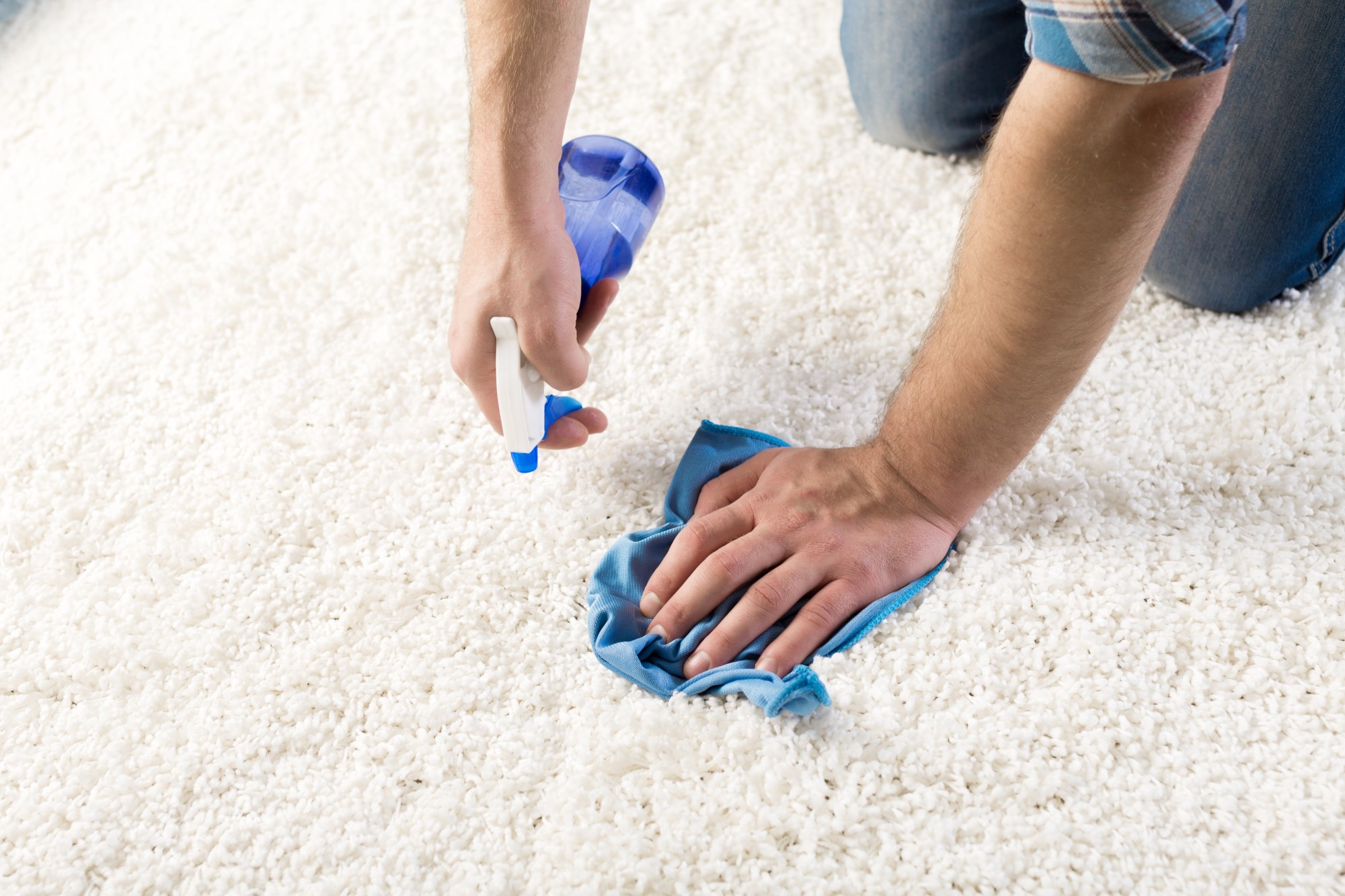Key Takeaways:
- Understanding recent advancements in commercial roofing.
- The importance of choosing the right roofing materials.
- Benefits of energy-efficient roofing systems.
- The role of sustainability in modern roofing solutions.
Recent Advancements in Commercial Roofing
The commercial roofing industry has experienced significant advancements over the last decade. These innovations are not just about aesthetics but also focus on enhancing commercial roofing functionality and durability. Modern technologies now enable using materials that offer better resistance to extreme weather conditions, reducing the necessity for frequent repairs and prolonging the roof’s lifespan.
Innovations like smart roofing systems incorporate sensors to continuously monitor the roof’s health. These sensors can detect leaks or structural weaknesses, allowing for proactive maintenance and lowering overall costs. According to Architecture & Design Magazine, these smart systems are becoming more common in large commercial buildings.
Choosing the Right Roofing Materials
Selecting the appropriate materials for a commercial roof is crucial for ensuring durability and cost-effectiveness. Factors such as climate, building structure, and budget are critical considerations. Some of the most popular materials include TPO, EPDM, and metal roofing, each with unique advantages.
Thermoplastic polyolefin, or TPO, is a common material choice for commercial buildings in sunny climates because of its well-known energy efficiency and UV resilience. Because of its exceptional flexibility, ethylene propylene diene terpolymer, or EPDM, is extremely resilient and ideal for colder areas. However, metal roofs are incredibly strong and long-lasting, which makes them a more affordable choice over time.
Energy-Efficient Roofing Systems
A component that is becoming more and more important in commercial roofing is energy efficiency. In comparison to conventional roofing materials, systems like cool roofs and green roofs are made to reflect more sunlight and absorb less heat. This change yields a large return on investment because it drastically lowers the energy expenses related to cooling buildings.
Cool roofs use reflective paint or a highly reflective single-ply membrane to lower roof surface temperatures by up to 50 degrees Fahrenheit. This Energy.gov article highlights the economic and environmental benefits of cool roofs.
Green roofs, covered with vegetation, provide excellent insulation, reducing the need for heating and cooling systems. They also offer the added benefits of reducing stormwater runoff and improving air quality, making them a sustainable choice for urban environments.
Sustainability in Modern Roofing Solutions
Sustainability is no longer an afterthought in commercial roofing. Increasingly, businesses opt for eco-friendly materials and installation methods that minimize environmental harm. For instance, many modern roofs incorporate recyclable materials, reducing their carbon footprint.
Green roofs, covered with vegetation, are prevalent for their environmental benefits. These roofs help to mitigate the urban heat island effect, manage stormwater, and improve air quality. Additionally, they provide an aesthetically pleasing element to commercial buildings, often creating a natural space for occupants to enjoy.
The Benefits of Modern Roofing Solutions
Adopting modern roofing solutions offers many benefits. The most noticeable advantage is improved energy efficiency, which leads to lower utility bills and enhanced indoor comfort. These roofing systems also have longer lifespans, resulting in fewer replacements and repairs.
Furthermore, sustainable roofing options positively impact the environment, contributing to broader corporate social responsibility goals. From energy savings to aesthetic appeal and environmental conservation, the advantages of modern commercial roofing solutions are comprehensive, making them a wise investment for any business.










